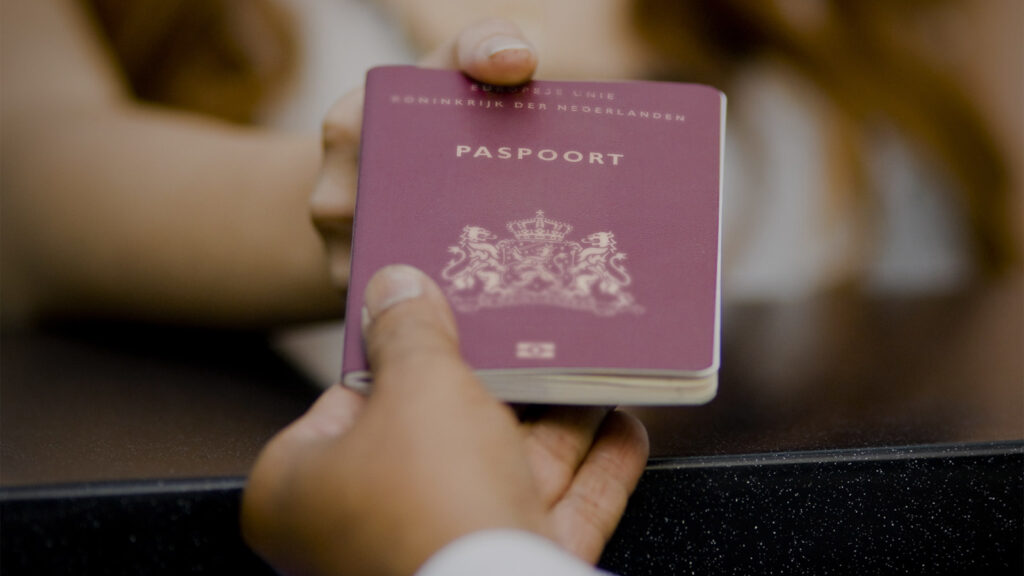Aspects of Manual Identity Verification (Infographic)
The Importance of Identity Verification in a Digital World
In today’s digital age, verifying identities requires a multi-layered approach. Automated solutions are often praised for their speed and efficiency. However, manual ID checks continue to play a crucial role in maintaining security. They offer an extra layer of protection by detecting subtle details that technology might overlook, helping to prevent identity theft and fraud.
With the rise of deepfake technology, counterfeiting, and forgery, automated ID verification relying solely on white-light imaging can fall short. Such methods often result in superficial checks, missing critical security features like UV or IR patterns. This creates exploitable gaps in the verification process. Additionally, mobile onboarding, which lacks multi-spectral scanning, may also fail to capture important details. In these situations, human verification becomes essential, particularly for systems with limited capabilities.
This is where Keesing’s solutions come in. Unlike solely relying on mobile systems that may overlook these vital checks, our solutions integrate human expertise. This combination ensures comprehensive and reliable verification, addressing potential vulnerabilities that automated methods alone cannot manage.
The “Look, Feel, and Tilt” Method: An Intuitive Approach
One method that stands out in manual ID verification is the “Look, Feel, and Tilt” approach. Used by professionals worldwide, this technique empowers users to detect fraudulent documents using their eyes, hands, and experience. It is intuitive, easy to remember, and mirrors the natural steps of inspection.
Aspect 1: Look – Visual Inspection for Authenticity
Start by visually examining the document. What type of document is it—a passport, ID card, driver’s license, or residence permit?
- Layout & Design: Does the layout match the official design? Are features like OVI, DOVID, and MLI/CLI in the correct places?
- Substrate: Is the material consistent with genuine documents (paper, polycarbonate, etc.)?
- Security Features: Use different light sources to check for watermarks and microprinting. Ensure holograms and guilloches appear clear and precise.
- Machine Readable Zone (MRZ): Look for any formatting errors or inconsistencies.
Aspect 2: Feel – Tactile Verification
Your fingertips can reveal details that the eyes may miss.
- Substrate Quality: Authentic IDs use high-quality, hard-to-replicate materials.
- Tactile Features: Raised prints or textured elements should feel consistent.
- Anomalies: Missing textures or unusual flexibility could indicate forgery.
Aspect 3: Tilt – Revealing Hidden Security Elements
Shine a light on the document to uncover security features.
- OVI (Optically Variable Ink): Observe whether the color changes as expected when tilted.
- DOVID (Diffractive Optically Variable Image Device): Check if holograms are dynamic and responsive.
- MLI/CLI (Multiple Laser Image/Changeable Laser Image): Confirm that details change clearly and correctly when the document is tilted.
Aspect 4: Does the Face Match? – A Practical Approach
The fourth aspect of manual identity verification can involve facial comparison. This process requires assessing the subject’s facial features, such as eyes, nose, mouth, and ears, from the same angle as depicted in the ID photo. Analysing the overall face shape, whether oval, round, or square, can help. Creating imaginary lines to map the spatial relationship between features can give you greater accuracy.
Aspect 5: Trusted Tools to Enhance Manual Verification
To further support manual verification efforts, we offer reliable tools that empower professionals:
- DocumentChecker: A comprehensive database of thousands of global ID documents, providing accurate reference material. Users can filter security features based on the “look, feel, tilt” method – making document verification simpler.
- ID Academy: An education center designed to teach beginners or professionals how to perform manual ID checks with confidence and precision through tailored training or E-Learning.
By combining the efficiency of automated solutions with the thoroughness of manual ID checks, organizations can achieve a robust identity verification process. In an age where fraudulent methods evolve rapidly, human expertise remains indispensable.

